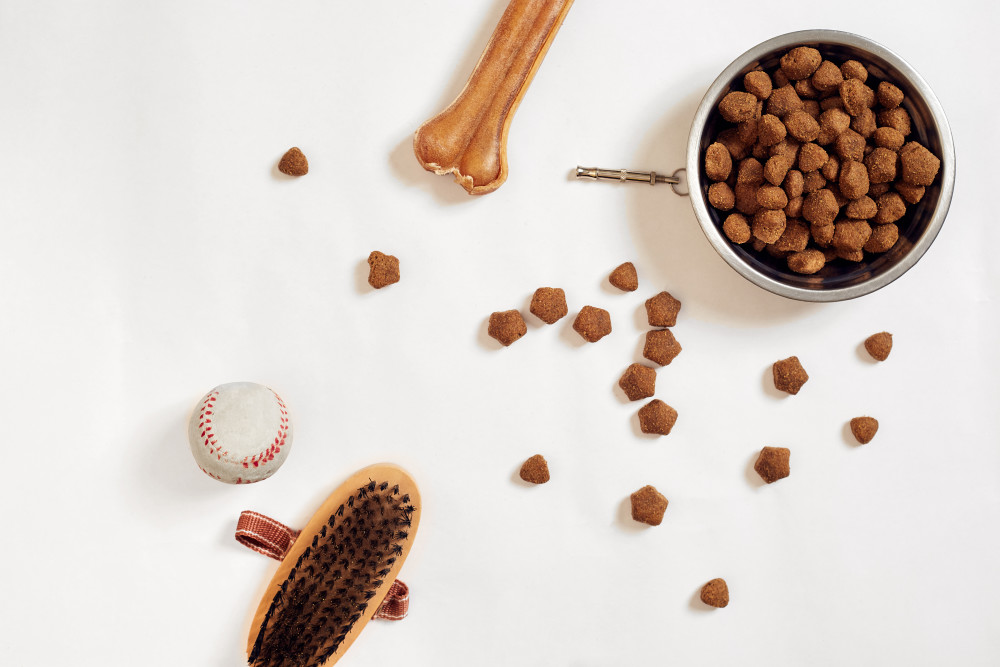Pomeranian

Pomeranian Overview
Pomeranians are puffballs with personality. With their hilarious bravado and self-assured attitude, they tend to be unaware of their small stature. Their fluffy doubt coat extends over the chest and shoulders like a lion mane, and requires regular trips to the salon. Poms come in a range of colours, including red, orange, cream, black or sable-tipped.
Don’t let their association with Paris Hilton fool you—these dogs are far from ditzy. In fact, pomeranians are clever and attentive, making them easy to train and reliable watch dogs. They’re also good with young (and responsible) children. Poms are high energy but don’t need a huge amount of space to get it all out. They’re great with indoor play or short walks, which makes them great for city living or suburb life.
Pomeranians are shrunken descendants of spitz-type Arctic sled dogs. Their name comes from Pomerania, the region of northeastern Europe that is now part of Poland and western Germany, where they first originated as a bulkier version. Poms exploded in popularity after winning over Queen Victoria, who became charmed by the breed during a trip to Florence. She went on to be a breeder and exhibitor of Poms, winning first place at the 1891 Crufts dog show.
Did you know?
Pomeranians are descendants of sled dogs from Iceland and Lapland.
Pomeranian Stats
Kid-Friendly
Good with other animals
Easy to train
Service dog
Caring for your breed
Daily kibble serving
1-2 cups
Daily exercise
1 hour
Grooming frequency
Brushed Regularly

Feeding your Pomeranian
You can feed your Pomeranian a high-quality dog food, which can be made at home or store bought, as long as your vet’s been consulted. It’s important that your Pom’s diet is age approximate—puppy, adult, or senior. Since some are prone to weigh problems, keep an eye on your dog. Treats can be great incentive during training, but too many can lead to obesity. Be sure to learn which human foods are safe for dogs and which are dangerous. Talk to your vet about any concerns you have with your Pom’s weight and diet. And remember to always have fresh, clean water available for your dog.